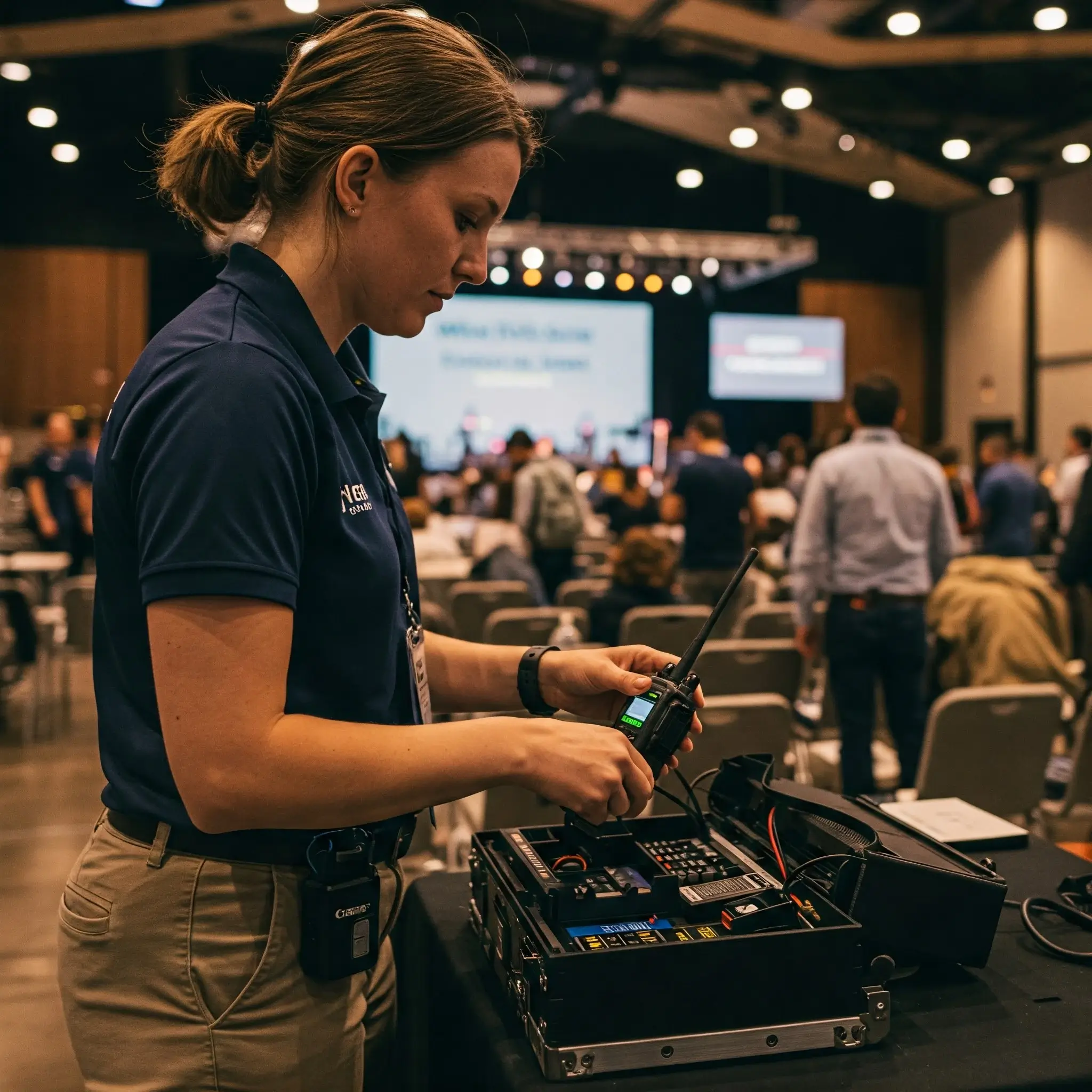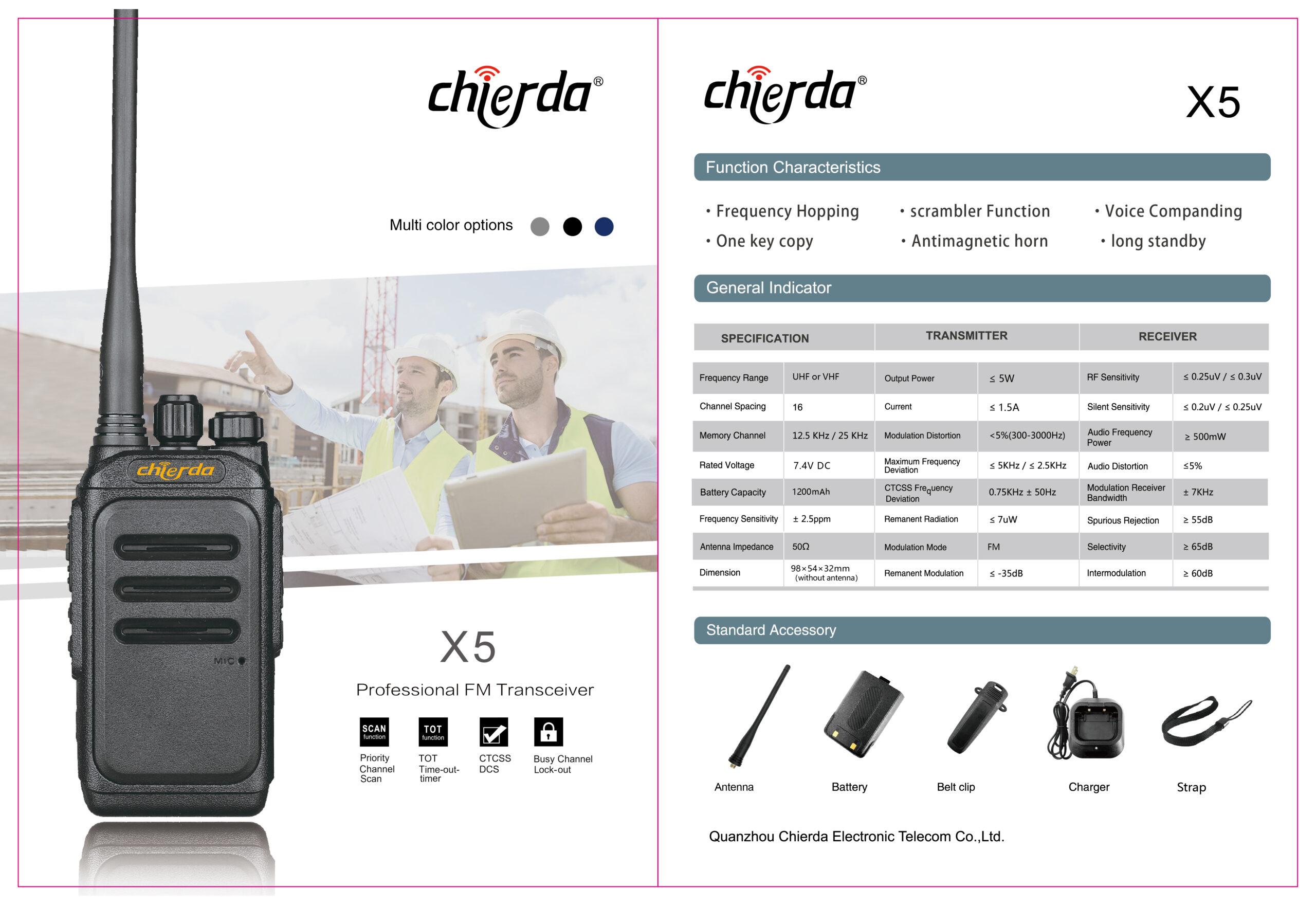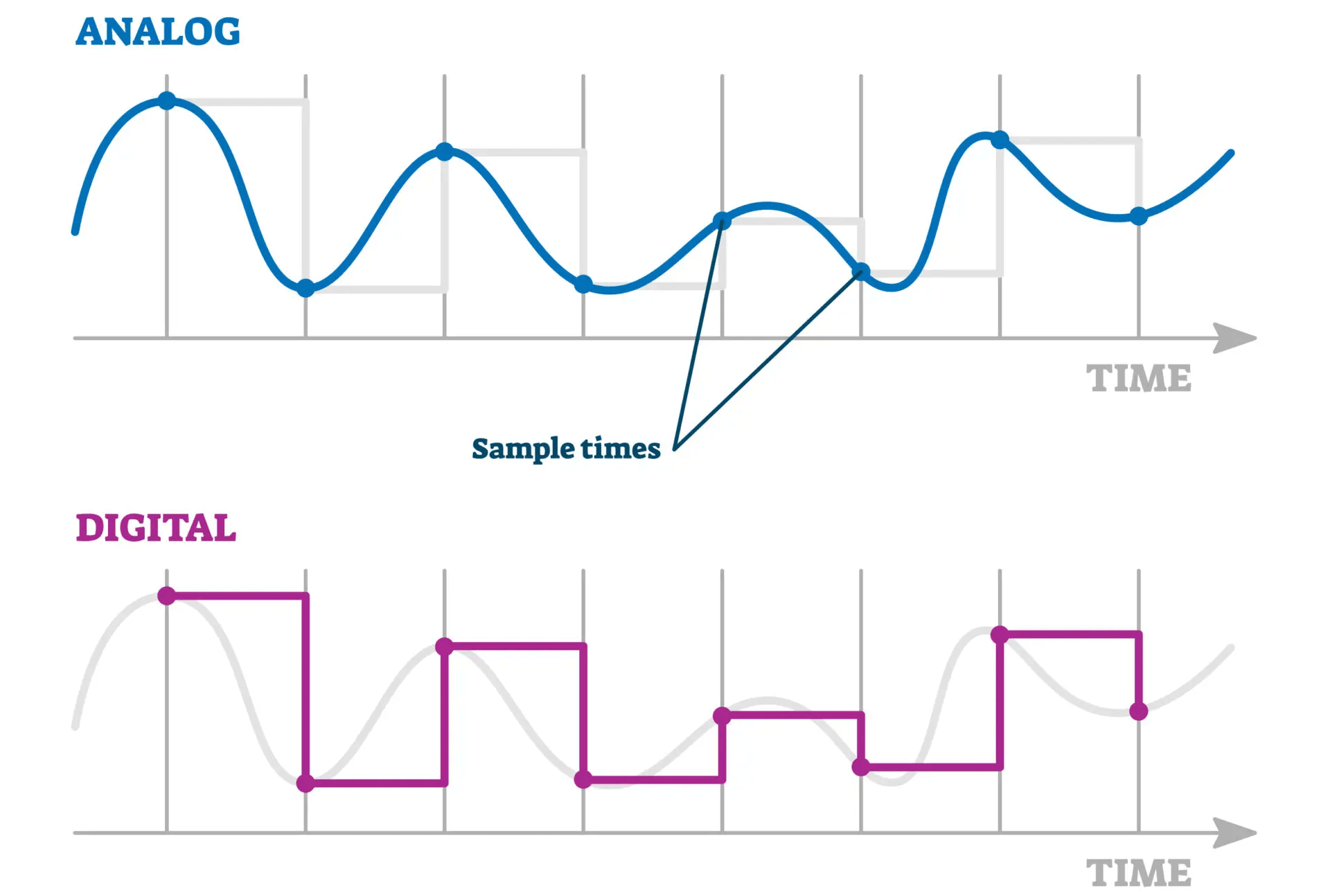There's a sound every two-way radio user dreads: that low-battery beep. It's the sound of failing communication, happening at the worst possible moment. In a professional setting, a dead battery isn't just an inconvenience; it's a breakdown in reliability and safety. This guide will explain everything about the walkie talkie battery, helping you choose a long battery life radio that won't let you down.

Decoding the Specs: 3 Factors That Define Battery Performance
How do I choose a radio with good battery life? It starts with understanding the specifications on the product page.
More Than a Number: What mAh (Milliamp Hours) Really Means for Runtimes
What does mAh mean for a battery? mAh, or milliamp hours, is a measure of energy capacity. Think of it as the size of your battery's "fuel tank." A higher mAh number means a high capacity battery that can power your radio for a longer period. For an all day radio, look for capacities of 2000mAh or more.

The Chemistry of Power: Why Li-Ion is the Modern Standard
The type of battery matters. Modern rechargeable radio models almost exclusively use Li-Ion (Lithium-Ion) batteries. Compared to older NiMH (Nickel-Metal Hydride) technology, Li-Ion batteries are lighter, hold a charge longer, and do not suffer from "memory effect," making them the superior choice for professional use.
The Power Trade-Off: How High vs. Low Transmit Power Affects Runtimes
Your radio consumes the most power when it's transmitting. A radio operating at a high transmit power of 5 watts will drain its battery much faster than one transmitting at 1 watt. Choosing a radio with selectable power levels allows you to conserve energy when maximum range isn't needed.
The Tech Advantage: How Smart Features Boost Battery Life
Beyond the battery itself, modern radio technology plays a huge role in extending runtime.
The Inherent Efficiency of Digital (DMR) Technology
Digital Mobile Radios (DMR) are inherently more power-efficient than analog radios. Due to their TDMA technology, they use up to 40% less battery power for the same amount of transmission time, making them an excellent choice for a radio for long shifts.

How Automatic Battery Saver Mode Works
Most professional radios include a battery saver mode. This smart feature automatically puts the radio into a low-power "sleep" state when it hasn't received a signal or been used for a set period. It instantly wakes up upon receiving a call, saving significant power without you ever noticing.
Your Checklist for Buying a Rechargeable Radio for Long Shifts
When shopping for your next all day radio, keep this simple checklist in mind:
- Look for a High-Capacity Battery (2000mAh or higher): This is the most important factor for a long battery life radio.
- Choose Modern Li-Ion Battery Chemistry: Ensure you're getting the best in performance and longevity.
- Ensure it has an Effective Battery Saver Mode: This feature is crucial for extending standby time.
- Consider Models with Low Power Transmit Options: Flexibility in power output helps you manage battery consumption.
5 Pro Tips to Make Your Walkie Talkie Battery Last Longer
How can I make my radio battery last longer? Once you've chosen a great radio, these habits will maximize its performance.
- Fully Charge a New Battery Before First Use: This "initializes" the battery and helps it reach its maximum potential capacity.
- Don't Transmit Unnecessarily: Transmitting is the biggest power drain. Keep conversations concise.
- Use Low Power Mode When Possible: If your team is close by, switch to low power to conserve significant energy.
- Store Batteries Properly in a Cool, Dry Place: Avoid leaving spare batteries in hot vehicles, as extreme heat can degrade their lifespan.
- Turn Off the Radio When Not in Use: If you're on a long break, simply turning off the radio is the easiest way to save power.
Stay Powered, Stay Connected: The Key to Reliable Operations
A dead battery can bring your team's coordination to a halt. By understanding what creates a true long battery life radio and adopting smart usage habits, you can ensure your communication lines remain open all day, every day. A reliable walkie talkie battery isn't just a feature—it's the foundation of dependable operations. Ready to find a radio that can keep up with your workday? Explore our professional series today.
FAQ: Your Radio Battery Questions, Answered
How long should a new two-way radio battery last on a single charge?
This depends on the "5-5-90" rule (5% transmitting, 5% receiving, 90% standby). A good quality, high capacity battery on a professional radio should easily last between 8 to 14 hours under normal use, covering a full work shift.
Can I use third-party batteries in my Chierdaradio?
While some third-party batteries may fit, we strongly recommend using only genuine batteries from the original two way radio manufacturer. This ensures perfect compatibility, safety, and optimal performance, and it won't void your radio's warranty.
What is the average lifespan of a rechargeable radio battery?
A typical Li-Ion walkie talkie battery is designed to last for 300 to 500 charge cycles. With daily use, this usually translates to a lifespan of 18 to 24 months before you'll notice a significant decrease in its ability to hold a charge.
Is it bad to leave my radio on the charger all the time?
Is it bad to leave my radio on the charger? Most modern, high-quality chargers (like those from Chierda) are "smart chargers." They automatically stop charging once the battery is full, so it is generally safe to leave the radio in the cradle. However, for long-term storage, it's best to remove it.



